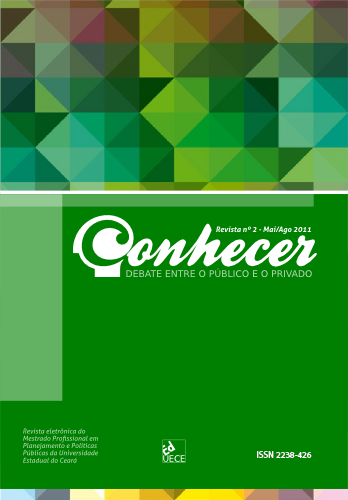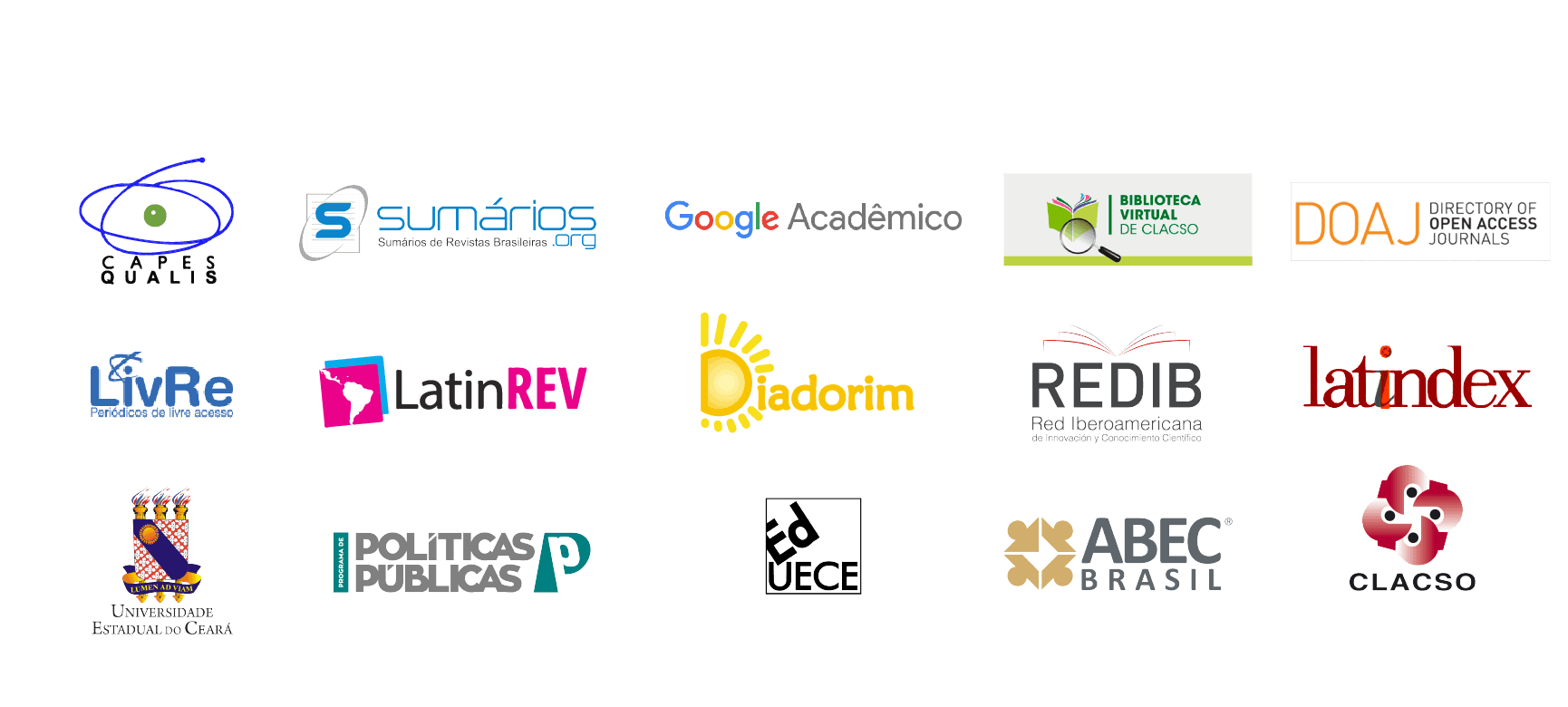Ouvidoria e Satisfação do Usuário:
caso da SEINFRA
Palavras-chave:
ouvidoria, satisfação, escala likertResumo
O presente artigo é a apresentação sintética da dissertação. A Ouvidoria e a Satisfação do Usuário – Caso da SEINFRA. O objetivo geral foi avaliar como se encontra a satisfação do cidadão/usuário quanto ao serviço prestado pela Ouvidoria
da SEINFRA. Utilizou-se na pesquisa o estudo de caso e o método descritivo/documental e exploratório, numa abordagem quanti-qualitativa. O instrumento utilizado foi um questionário estruturado com perguntas fechadas e abertas com os usuários dos serviços da Ouvidoria. Os dados foram organizados num procedimento estatístico descritivo, por meio da planilha eletrônica Excel, como também pelo software SPSS, versão 15, quando se fez necessário. Para a análise da satisfação do usuário, utilizou-se a escala Likert, tamanho 5. Dos 317 usuários da Ouvidoria da SEINFRA, percebeu-se que o desejo por informação é o que mais motiva o cidadão, representando 81,6% (259) do total das manifestações.
Em segundo lugar, vêm os elogios à Ouvidoria, com 7,6% (24) de manifestações. As reclamações ocuparam o terceiro lugar, com apenas 3,2% (10), enquanto denúncias e sugestões ficam por último e empatados, com 1,9%. A pesquisa de
satisfação realizada junto aos usuários apontou que 81% deles classificam como excelente e ótimo o atendimento prestado pela Ouvidoria. Constatou-se também que 53,8% (14) dos que buscaram os serviços da Ouvidoria ficaram plenamente
satisfeitos, enquanto 30,8% (8) o consideram ótimo, e 11,5%(3), bom. Cumulativamente, essa proporção representa 96,1% (25) de todos os demandantes, cuja condição de satisfação recebe um conceito de, pelo menos, bom. Do total,
3,8% (1) dos usuários consideraram o serviço como regular, denotando uma boa aceitabilidade por parte da população. Conclui-se, portanto, que o cidadão/usuário do sistema Ouvidoria da SEINFRA está satisfeito com o serviço prestado.
Downloads
Downloads
Publicado
Como Citar
Edição
Seção
Licença
Autores que publicam nesta revista concordam com os seguintes termos:
Autores mantém os direitos autorais e concedem à revista o direito de primeira publicação, com o trabalho simultaneamente licenciado sob a Licença Creative Commons Attribution que permite o compartilhamento do trabalho com reconhecimento da autoria e publicação inicial nesta revista.




